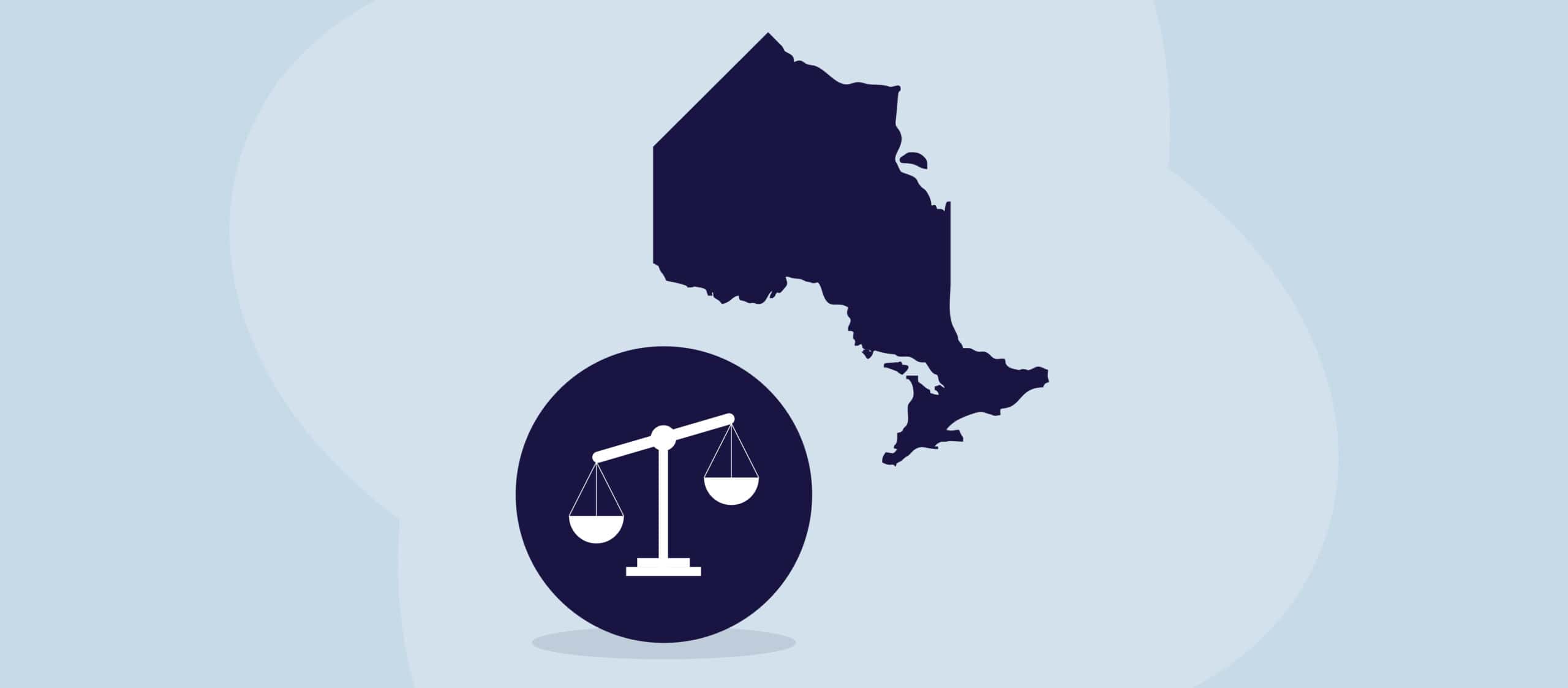In an era where digital spaces dominate various aspects of our daily lives, ensuring accessibility for all is not just a legal obligation but also an ethical and moral imperative. Canada’s commitment to building an inclusive society is found within its Accessible Canada Act, a monumental legislation that aims to eliminate barriers and ensure accessibility in areas under federal jurisdiction.
Understanding the Accessible Canada Act (ACA)
Passed in 2019, the ACA is a groundbreaking piece of legislation, setting Canada on a path to becoming barrier-free for individuals with disabilities by 2040. While previous regulations like the Canadian Human Rights Act and the Charter of Rights and Freedoms provided a foundation for rights for individuals with disabilities, the ACA is dedicated explicitly to accessibility, addressing systemic barriers head-on.
Digital Accessibility: Why it Matters
In today’s digital age, everything from banking to education, shopping to social networking is available online. As such, digital accessibility ensures that websites, apps, and other digital platforms are designed and developed so everyone, including people with disabilities, can use them.
Inaccessibility online often means individuals with disabilities are excluded from full participation in many modern daily activities, underscoring the importance of the ACA’s provisions for digital spaces.
Key Provisions of the ACA Related to Digital Accessibility
- Barrier-free Design: The Act mandates that entities under federal jurisdiction, which includes many digital platforms, adopt a proactive approach. It means considering accessibility from the outset rather than retroactively making accommodations.
- Feedback Tools: Organizations need to provide tools for feedback regarding accessibility, giving users a way to report issues or barriers they encounter.
- Regular Reviews: The ACA requires organizations to regularly review and update measures, policies, practices, and services to ensure ongoing accessibility.
- Training: Employees, especially those in design and development roles, must be trained in accessibility standards and best practices.
What Businesses Need to Do
The ACA isn’t just a guideline for businesses operating under federal jurisdiction—it’s a mandate.
Here are actionable steps to ensure compliance:
- Conduct an Audit: Review websites, apps, and other digital platforms for current accessibility levels.
- Implement Changes: Use tools and guidelines, such as the Web Content Accessibility Guidelines (WCAG), to ensure platforms meet necessary standards.
- Ongoing Monitoring: Digital spaces evolve. Regularly check for and address new barriers.
- Engage with Experts: Consult with digital accessibility professionals who can provide insights into best practices and emerging trends.
Challenges and Considerations
While the ACA has set Canada on a commendable path, it’s essential to acknowledge potential challenges:
- Rapid Technological Change: The digital landscape evolves quickly. Businesses need to remain updated and responsive.
- Varying Interpretations: “Accessibility” can mean different things to different entities. It’s crucial to have a clear, unified understanding.
The Bigger Picture: An Inclusive Digital Canada
Digital accessibility isn’t just about compliance—it’s about recognizing the fundamental right of all individuals to participate fully in the modern digital world. The ACA, emphasizing proactive planning and feedback-driven improvement, not only protects the rights of individuals with disabilities but also emphasizes the broader ethos of inclusivity that Canada strives for.
The Accessible Canada Act lays a solid foundation, but it’s up to all of us to build upon it, shaping a digital future where everyone can participate fully and equally.



